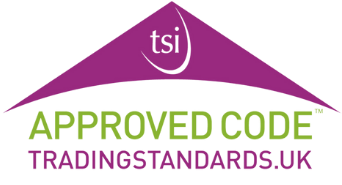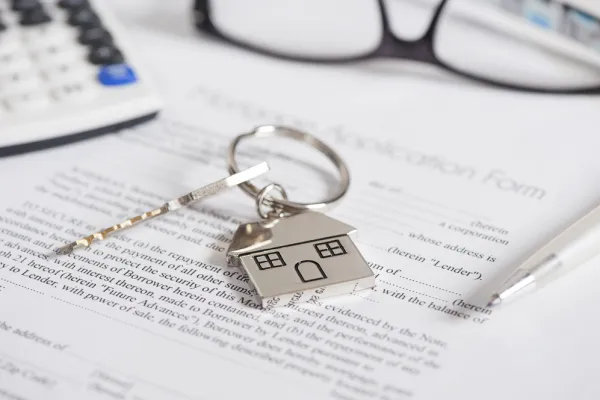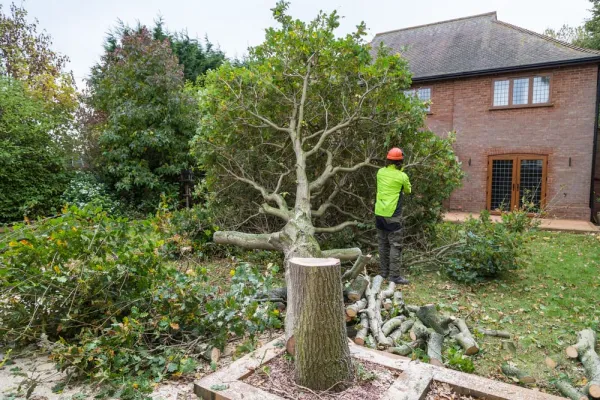There are several different methods of property ownership in the UK.
You should understand all of these to identify which is best for you.
In this blog, we’ve outlined all the types of property ownership in the UK. Keep reading for a clear summary of each one.
Leaseholds
A leasehold means owning a property but not the land underneath it.
It is one of the UK’s most popular types of property ownership, most commonly seen with flats and maisonettes.
Leasehold properties have leases drafted by freeholders (the person who owns the land).
Leases outline the conditions of ownership. Clauses might focus on:
- Keeping pets
- Lease length
- Hosting gatherings
- Service charge and ground rent
- Property owner’s obligations when living there.
The importance of lease length
Lease length is an essential detail. If this period expires without the property owner extending the lease, the property returns to the freeholder.
The UK government is currently reviewing this law and proposing changes to it.
You will struggle to get a mortgage on a leasehold with a lease length below 80 years. You should extend the lease before it reaches this point.
Otherwise, cash buyers may be the only people you can sell to.
Freeholds
Freehold means owning the land underneath a property.
Freehold owners don’t need to pay service charges or ground rent. All maintenance of the land surrounding your house is entirely up to them.
This type of ownership is most commonly associated with detached properties. However, it is also often found on semi-detached and terraced houses.
Freehold properties are usually more valuable. Buyers value the fact that they will own the house outright. They don’t answer to anyone.
It is still possible to lose ownership of a freehold house. If you have a mortgage on it and fail to meet your repayments, the property could be repossessed.
Shares of freehold
A share of freehold means that some of the leaseholders have combined to buy the freehold from the freeholder. It usually applies to blocks of flats.
The freehold can be held jointly by a third party or by the individual flat owners.
They will then collectively be responsible for maintenance of the shared areas.
Share of freehold gives owners more control than leasehold arrangements.
Other key features include:
- Easier to extend the property
- All co-owners can chip in towards maintenance & fixes
- The shared freeholders decide how much ground rent & service charges should be
- There are fewer hurdles when extending the lease.
If someone sells their flat, their share of the freehold passes onto the new owner.
For and against share of freehold ownership
Many people like share of freehold ownership as it enables them to ensure that the land is well-maintained. It also usually sells for a higher value than a leasehold property.
However, others find the time and money spent on this a hassle. They prefer the convenience of simply paying ground rent.
Some enjoy this ownership because it involves more time and collaboration with neighbours.
Others dislike it for the same reasons…
Joint tenancies
Owning a house as a joint tenancy is common for two or more people who live together.
It means that all parties own an equal share of the property. If the house is then sold, the money is split equally.
When one joint tenancy owner passes away, their share transfers to the surviving party.
So, the survivor usually takes on total ownership if the house is owned in a 50/50 arrangement.
You need a written agreement that considers all possibilities. There can be some complications related to joint tenancies, for example:
- Damage done to the house
- Unpaid bills
- One person wants to leave
- Whether someone can invite a partner to cohabit with them.
Who has joint tenancies?
Joint tenancy is common for married couples without children. This is because each person’s share cannot be passed onto an heir in a will.
It also applies to three or more people living together, although this is rare.
Do careful research on joint tenancy’s pros and cons before jumping into it. In some cases, it can be ideal. But at other times, it might be unsuitable.
Tenants in common
Another type of property ownership is tenants in common. This is when every person has a specific share in the property.
This might not be equal for everyone. Or it could be equal. It depends on the circumstances.
Unlike a joint tenancy, tenants in common will pass their share onto other people in a will.
It does not automatically transfer to the other residents. This can be great if you want to pass your share onto a specific loved one.
However, after your passing, people may live together who never agreed to.
Other features of tenants in common include:
- Shares can be traded
- New tenants can be added
- You can transfer to a ‘Joint Tenancy’ if you wish
- Depending on your agreement, payments on bills or rent might not be equal.
Who has tenants in common?
This option is common for people who have children. You can pass your property onto your children via your will.
It is also common for couples to transition from a tenancy in common to a joint tenancy once they get married.
They want the property to transfer to their partner if they pass away automatically.
Many friends who live together will get a tenancy in common agreement.
If someone moves out, the residents can search for a new co-tenant without much trouble.
Commonholds
A commonhold is a less well-known type of property ownership. It is when you own part of a multi-occupancy building.
You will have shared ownership and responsibility for the common areas. This might include:
- Hallways
- Lifts
- Stairways
- Gardens.
And more.
Commonholds require cooperation
Commonhold needs everyone involved to participate. This ensures that everything runs smoothly.
There will be a commonhold community statement outlining the commonhold terms. It should explain what areas each owner is responsible for.
The tasks you must complete and if insurance is in place should be covered, too.
Sole ownerships
Sole ownership is when someone owns a house on their own. This individual is entirely responsible for the property.
It applies even if multiple people are living there.
The sole owner’s responsibilities include maintenance and mortgage repayments, amongst other things. It is most common for freehold properties.
Sold.co.uk
At SOLD.CO.UK, our sales process is expertly streamlined to minimise the time to completion, so you can enjoy a fast sale with an online estate agent who can sell your house for free.
















